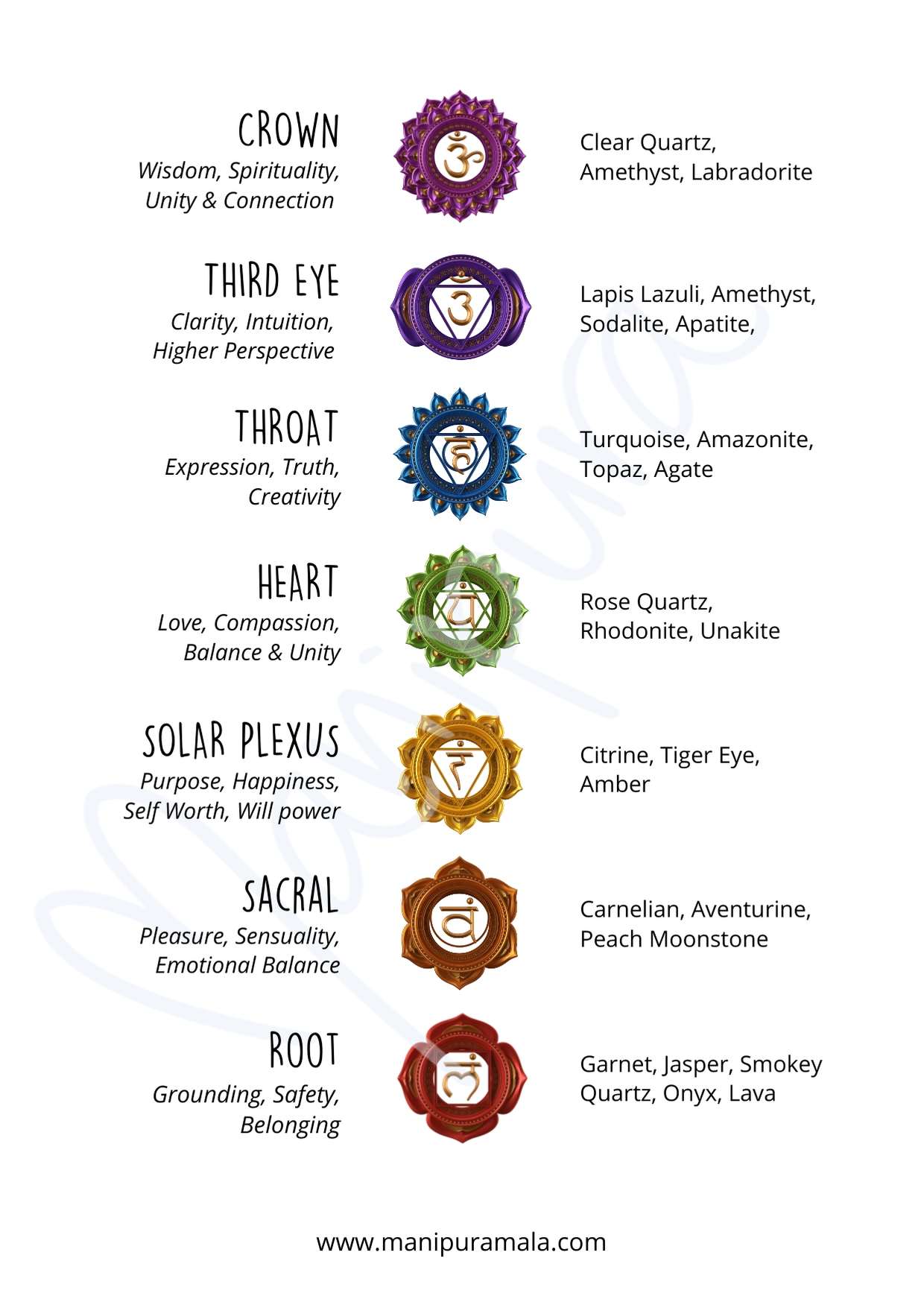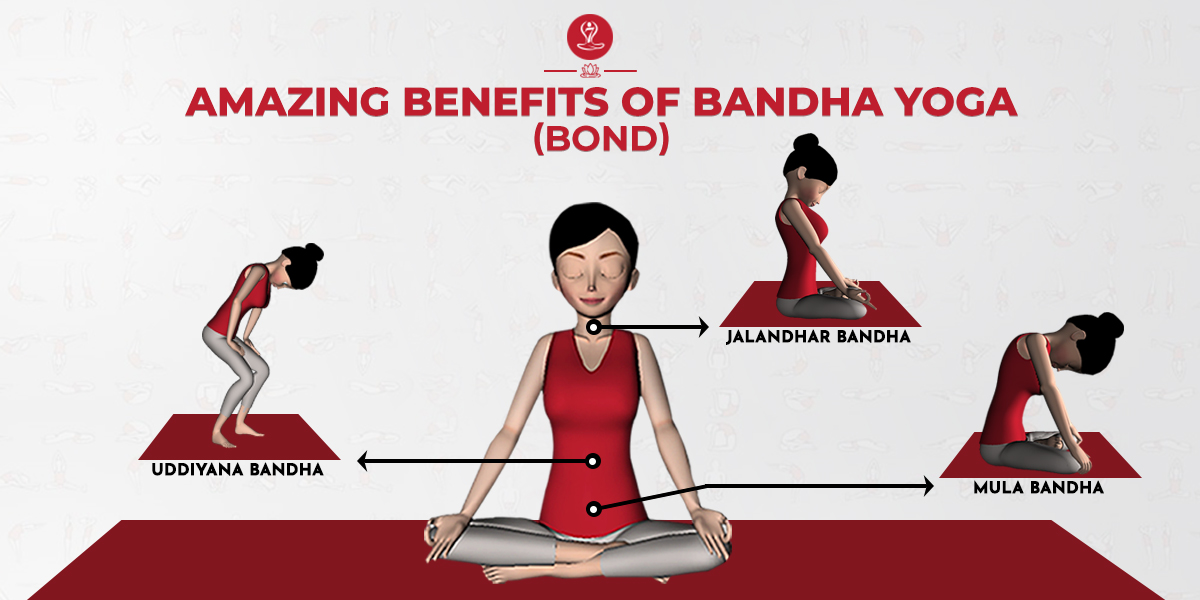
There are several styles of yoga. This article will help guide you in deciding which style is right. It will help to determine which poses are most effective for you and which ones will be best for you. There are many benefits to each type, so try them out to see which one is best for you. You might even find a brand new one that you haven't heard of before!
Ashtanga
There are many different Ashtanga yoga styles. Each one focuses on a different aspect of yoga practice. The Ashtanga sequence focuses on breathing, physical postures, and the Tristhana (Vinyasa, Bandha, Drishti). Yoga is a way to attain a state of constant bliss. Although Ashtanga yoga is more dynamic than other styles, its fundamental principles are the same.
One of the greatest sages in history, Sri K. Pattabhi Jois, is the primary instructor of this style. Sharathrangaswamy's grandson continues the grandfather’s legacy by teaching this style. The Ashtanga method is also based upon the sacred text Yoga Korunta that Patanjali wrote. It's said that Ashtanga Yoga is the 'eight-fold path' of yoga.
Vinyasa
Vinyasa yoga is the most widely practiced of all the types. Vinyasa yoga is a combination of movement and breathing to provide flexibility for all levels. This dynamic practice can be customized to specific needs. You can improve your flexibility, self-esteem, and body image with it. Here's a short overview of each style.

The primary difference between Hatha yoga and Vinyasa is their physicality. Hatha styles are more energetic and require more concentration. Hatha yoga is all about alignment of bones, muscles, and skin. These postures also open many channels in the body, including the sushsumna nadi. These pathways allow energy to flow more freely throughout the body. Hatha yoga, a challenging and vigorous form of yoga, is therefore very popular.
Power yoga
Experts agree that power yoga can be more intense than meditative forms, but it still has many of the same benefits as psychotherapy. These benefits include improved quality sleep and reduced stress. Studies have shown that it can reduce depression and other mental illness symptoms. Power yoga's repetitive and intense movements demand a high level of mental discipline. Power yoga requires good physical fitness. Power yoga is a great exercise but some people struggle to perform it.
Most power yoga classes begin with Surya Namaskar and move quickly through various advanced poses. In a typical class there is very little time between poses. There is also a transition to a resting state. Savasana, the deep relaxation pose of power yoga, does not exist. Power yoga poses can be more difficult than others, so beginners should take an intro class first before moving on to more challenging ones. Regardless of the style you choose, there are a few key differences between power yoga and other styles.
Restorative Yoga
Yoga is a good way to stretch your body. But restorative and therapeutic yoga styles offer something completely different. Restorative Yoga styles have you sitting in poses that are not movable for a short time. The poses can last anywhere between five and 20 minutes. You will experience a decrease in stress and blood pressure through restorative yoga. There are many benefits to restorative Yoga, so it is worth taking a class at the very least.
One of the most restorative yoga poses is called the wall pose. As you sit in the wall pose, your legs are raised and relaxed. You can keep the pose for anywhere from five minutes to ten, and you can add any leg variation. For the greatest benefits, find a place near a wall to rest your head. To support your lower back, you can use a pillow or bolster. Stretch your back and relax your muscles.
Iyengar yoga

Patanjali yoga sutras which date back over 2,500 years are the basis of the Iyengar teachings. B.K.S. is the person who created the Iyengar technique. Iyengar over seventy years. The method emphasizes the correct alignment of every part of the body in each pose, and combines ancient wisdom with contemporary teachings.
Iyengar yoga is a standing-based practice that builds muscles and balances the legs. The student begins his or her journey by learning the shoulder stand, followed by the headstand and the back bends. Intermediate and advanced pranayama students begin pranayama exercise and will soon explore the twists. No matter your age or physical condition, Iyengar Yoga will improve your overall health and well-being.
FAQ
How does mental illness affect my relationships with others?
Your mental well-being has a direct impact on all aspects of your life. Your ability to function at work, school, home and at school can be affected. You may also find it difficult to establish meaningful relationships because of mental health issues.
A mental health condition can make it easy to isolate oneself from others. You might even avoid social situations if you feel like no-one understands.
However, it's important to remember that people want to be around you. They just need to learn how to approach and approach you.
Talking to others about your feelings can help you connect with them. Tell them how you're feeling and ask them for their advice.
What are some examples?
Any condition that causes major distress or impairment in functioning can be considered mental disorder. Examples of mental disorders include depression, anxiety, bipolar disorder, schizophrenia, borderline personality disorder, obsessive-compulsive disorder, post-traumatic stress disorder, eating disorders, substance abuse, and others.
What do psychologists say about mental health?
Psychologists believe that mental health is an essential part of human development. They believe mental health does not simply refer to having no mental illness but also being mentally fit.
Mental health can be viewed from different perspectives by psychologists. Psychologists believe that mental health does not need to be important because so many people do not have mental illness. Other psychologists believe that mental health is extremely important because, without it, we cannot function properly.
Why is students' mental health important?
Students need to feel good about their mental health in order to be able focus on school and succeed academically. You can't do well at school if your mind isn't in the right place. Students with depression tend to skip class, which can lead students to have poor grades. This may lead to dropping out of high school and eventually college.
Talk to your family and teachers if depression is a problem. They will help you get the treatment you need.
It is important to understand that not everyone with depression needs medication. Talk therapy is very effective for many people. A counselor is a great option for anyone who wants to seek help.
Statistics
- According to the National Alliance of Mental Illness (NAMI), one in five Americans experiences mental health issues which translates to more than 40 million adults a year. (doctorondemand.com)
- In any given year, an estimated 18.1% (43.6 million) of U.S. adults ages 18 years or older suffered from any mental illness, and 4.2% (9.8 million) (healthypeople.gov)
- Similarly, while there is some agreement about the boundaries of typical mental disorders 2, there is likely less agreement about those for positive mental health. (ncbi.nlm.nih.gov)
- It means no drinking any alcoholic beverages and no taking any drugs that aren't 100% natural.
- More than 50% will be diagnosed with a mental illness or disorder at some point in their lifetime.3 (cdc.gov)
External Links
How To
How to Determine if a Mental Health Expert is needed
These signs will help you determine if you should seek professional help. If you notice any warning signs, it's best to consult a doctor.
-
You feel lost in your own head.
-
You have trouble sleeping.
-
When you try to focus, your thoughts race.
-
You start to think about suicide.
-
You feel hopeless.
-
It's as if life is too hard.
-
You are losing interest in the things you once loved.
-
You've stopped eating.
-
You are now withdrawn.
-
You've tried using alcohol or drugs to deal with stress.
-
You are starting to lose family or friends.
-
You have experienced other physical symptoms such as headaches, stomachaches, backaches, chest pains, etc.
It is imperative that you see a doctor immediately if you are experiencing any of the above symptoms.